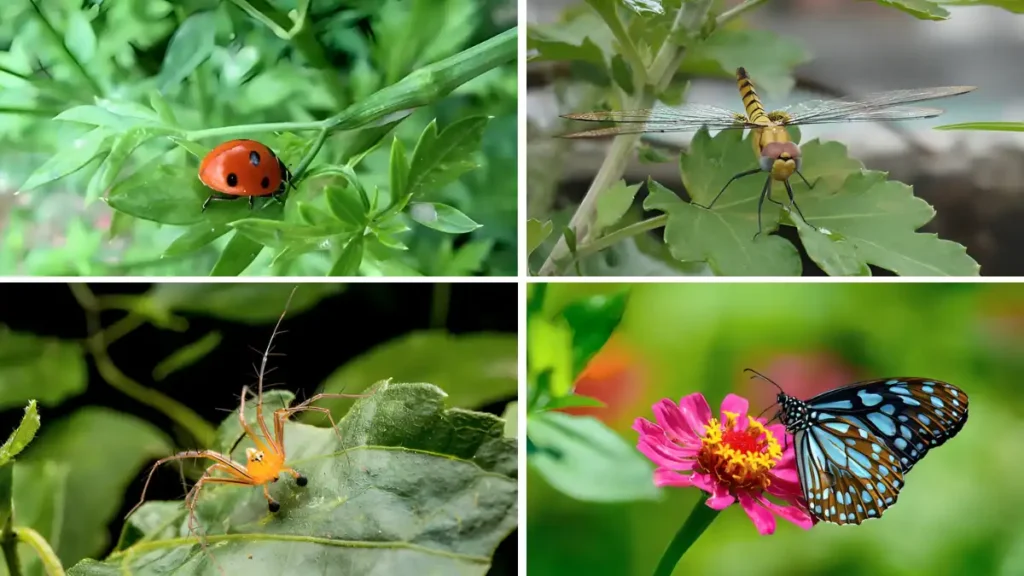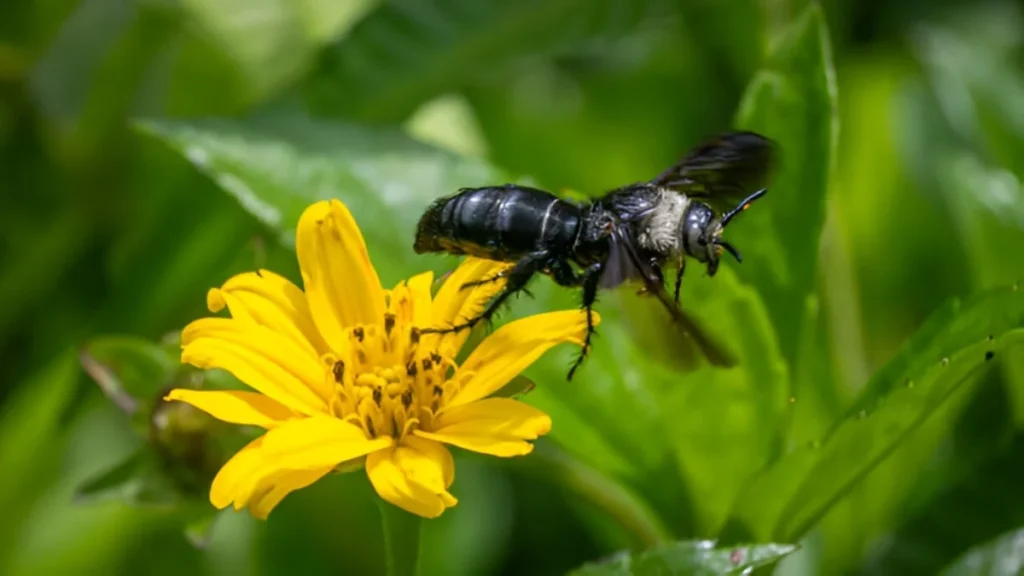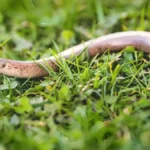The ecosystem of a garden depends heavily on beneficial insects. The great majority of insects are either innocuous or regarded as beneficial insects that benefit plants; only 1% of insects cause harm to plants. Assassin bugs, ladybugs, and dragonflies are examples of pollinating insects that will help your garden flourish. The following discusses a few methods for luring these insects into your garden.
Learn about beneficial insects for garden:
Maintaining an ideal garden environment can be greatly aided by beneficial insects. These are a few of the best insects to draw to your garden.
Ladybugs:
- Although ladybugs have a beautiful appearance, they are hardworking predators that easily consume aphid infestations. By controlling pest populations, they can reduce the need for pesticides. Aside from aphids, ladybugs also seek other little plant parasites.
Predatory Beetles
- Not all insects are harmful, but Japanese beetles are notorious garden pests that prey on rose bushes and food crops. There are predatory beetles that may eat up to 100 aphids a day. They aid in organic matter breakdown. They are drawn to sunflowers and marigolds. They may survive for three years.
Dragonflies
- A fascinating insect, dragonflies are distinguished by their remarkable flying skills and vivid colors. In addition, they have an almost 360-degree vision and are effective predators. Adult dragonflies help manage pest populations by feeding on other insects.
Spiders
- Arachnida is a class of interesting organisms that includes spiders. Numerous spider species, such as wolf, crab, and garden spiders, visit gardens. They are essential in reducing the number of pests. Spider species number more than 48,000. Some spiders can have as many as twelve eyes.
Butterflies
- Butterflies are incredibly wonderful to have in the garden, even if they give birth to some of the largest plant eaters in the world. In Britain, there are around 2500 species, and they are very great. Butterfly-loving plants include perennial wallflowers, verbena, marjoram, and buddleia.

Learn about how to attract beneficial insects to your garden:
One of the best ways to improve pollination and manage pests in your garden is to draw beneficial insects. The following are some excellent strategies.
Advice for focusing on beneficial Insects:
Grow plants that attract insects
- Most butterflies and some insects use scent rather than sight to discover their food plants, so try planting plants that smell good when they bloom. Due to its abundance of nectar during the summer, lavender is another plant that attracts butterflies. Select native plants that bloom at various times of the year for optimal effects.
Remove unnecessary leaves
- In the fall, helpful insects will have nowhere to lay their eggs if gardens are cleaned too thoroughly. To prevent this, clean your garden solely in the spring and only remove plant waste from sick or diseased plants in the fall. Feel free to scrape them onto a portion of your garden and let the insects create their home on twigs and leaf heaps.
Utilize organic farming tactics
- Despite being widely employed to manage harmful insects, insecticides do not distinguish between the many types of insects they eliminate. Try barrier items like floating row covers and fruit protection bags as an alternative to chemical remedies for plant pests. Composting, which is beneficial for the soil and your plants, may be made from leftover kitchen and yard waste. These attract beneficial insects to your garden.
Construct a water feature
- Insects like water beetles, damselflies, and dragonflies love ponds as habitats. If the room is limited, you may create a miniature nature pond out of a huge pot or an overturned dustbin lid. Ensure that the pond’s edge slopes so that animals can escape. Remember to grow plants that provide oxygen when submerged.
Grow wildflowers
- An excellent technique to draw insects to your yard is by growing and caring for wildflowers. Plants like maize marigold, bird’s-foot trefoil, and oxeye daisies are worth trying. In your garden, insects are a springtime and fall attraction. Dill, parsley, marigolds, nasturtiums, alliums, and yarrow are a few of the greatest plants for drawing in helpful insects.
Conclusion:
In conclusion, farmers and gardeners may develop resilient habitats that support biodiversity by cultivating a diversified insect population. They provide soil health, pollination, and insect management. A detailed discussion of several beneficial insects and methods for drawing them to your garden may be found above.
Certainly! If you’d like to learn more, please consider following our WhatsApp Channel: Harvest Gardening
A frequently asked questions:
Q1. What are beneficial insects?
A1. Predatory and parasitic insects that consume pests that harm plants are examples of beneficial insects, which are all six-legged organisms that naturally improve the health and growth of plants.
Q2. What are the beneficial insects for houseplants?
A2. Among the beneficial insects are predatory mites, lacewings, and ladybugs. You can choose nectar-rich blooms and steer clear of pesticides to draw beneficial insects to your houseplants.
Q3. Does neem oil kill beneficial insects?
A3. When neem oil comes into close touch with beneficial insects, it can kill them because it targets pests that eat the plants that have been treated.
Q4. What are the non-beneficial insects?
A4. An insect is considered non-beneficial if it damages crops or plants. Aphids harm plants, mosquitoes spread disease, and locusts can destroy crops. These are common instances.



